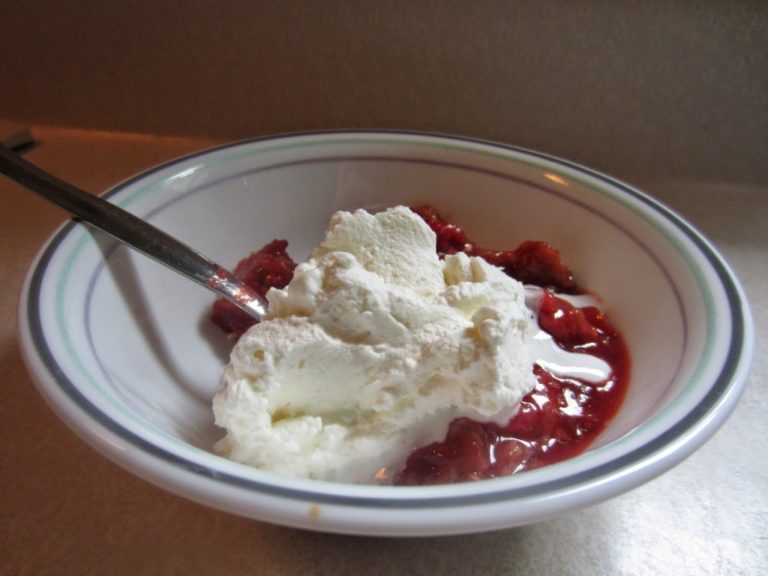Back-to-School Lunchbox Tips
School will soon be back in session and you’ll have lunches to pack. Follow these tips to pack lunches both your kids and your budget will appreciate.
1. Invest in some basic gear.
Key items include: an insulated lunch bag or lunch box; a variety of small plastic reusable containers with leak-proof lids or reusable bags; a sturdy and leak-proof reusable drink bottle; and a Thermos for hot food. Limit use of disposable sandwich bags; you are throwing away money with these and filling up landfills.
2. Pack leftovers.
If you have a Thermos to keep food hot, you can pack all sorts of entrees ranging from last night’s spaghetti and meatballs to that last bit of Sunday’s pot roast and veggies. Any leftovers you send from home will almost certainly taste better than whatever hot fare the school cafeteria is dishing up that day. Unless maybe the cafeteria is serving nachos.
3. Think beyond sandwiches.
Instead of traditional PB & J or lunch meat, try packing hard-boiled eggs, tuna salad with crackers, tortilla chips and salsa, or some taco salad (pack the chips separately so they stay crunchy).
4. Avoid expensive pre-packaged foods when possible.
Those little fruit and pudding cups are cute, and those individually packaged snack cakes or single-serving bags of cookies are convenient, but you pay for that convenience. It’s more economical to buy a full box of cookies and divide its contents into single servings in reusable containers. Instead of buying individual cups of mandarin oranges, buy a can and pack some of those oranges in a reusable container, and toss an ice pack in the lunch box.
The one time I make an exception to this rule is on my oldest’s child’s band practice days when I have to drop her off at school early. It’s a long time before lunch on these days, so I don’t trust a Thermos or ice packs to keep food at safe temperatures. My daughter likes the pre-packaged tuna salad kits that come with a small can of tuna, a pack of crackers, and a plastic spoon to scoop the tuna with. It’s not the most cost-effective lunch, but it works well on band days.
5. Keep a variety of shelf-stable, easy, healthy foods in your pantry.
I stock my pantry with dried fruit (berries, mango, bananas), dry cereal, crackers, semi-sweet chocolate chips, and granola bars so there are always easy items to grab and pack, especially on busy days.
6. Pack water to drink.
Kids don’t really need juice (not even 100% juice) and they definitely don’t need sugary drinks. Get a good leak-proof reusable water bottle and just pack water. Don’t buy single-use throwaway water bottles; they cost more and are bad for the earth.
7. Don’t over pack your child’s lunch box.
Kids have only a short time to eat in most school cafeterias, so don’t pack more than they can eat in the allotted time, especially food that may spoil such as hot food in a Thermos (because most Thermoses only keep food hot for a few hours, not all day). Also be aware that a frozen ice pack will thaw as the day goes on, so it may not keep leftover foods cold enough through the afternoon hours. You don’t save money if you have to throw food away at the end of the day. If you’re concerned about your child having enough to eat, pack extra nonperishable food that can easily be served again another day.
8. If your child qualifies for free or reduced-price lunch at school, utilize it.
There is nothing wrong with a little help to get your family on better financial footing. On the flip side, if your child does not qualify for free or reduced-price lunch, it may be more economical to pack lunch. It may not seem like much to shell out $2 or $3 a day for your child’s lunch, but that adds up to $10 to $15 a week or $40 to $60 a month per child. You can definitely pack a lunch consisting of a sandwich or leftovers, fresh fruit, and pantry staples such as dry cereal, crackers, or semi-sweet chocolate chips for less than that.
What are your lunch box hacks? Share your tips in the comments.







